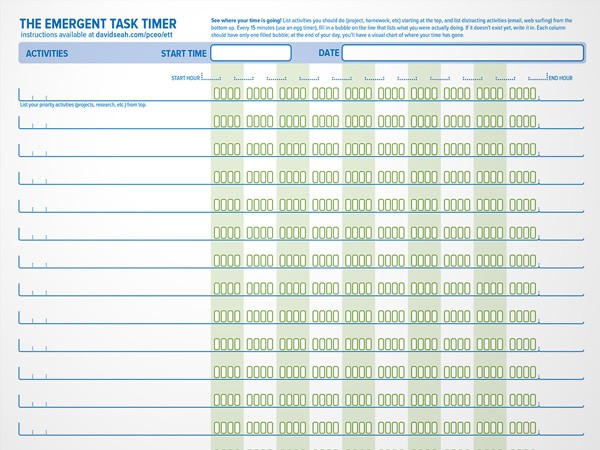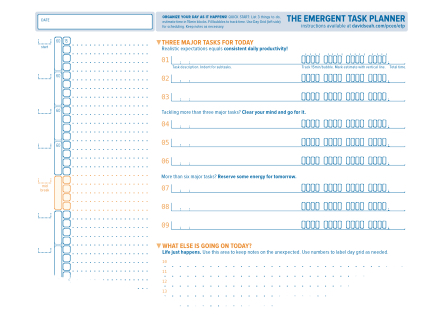
Contributory or causative factors were identified as were factors considered to have had a positive effect. Case review was a structured process the review panel specifically considered cases under the categories described ( Supplementary Table S1). The panel incorporated representatives from all specialities involved in the project including the College of Emergency Medicine and the Intensive Care Society. Case review panelĪn expert review panel examined each submitted clinical report. Notification of events was accepted until June 2010. The same high levels of data protection and confidentiality that applied to all of the NAP4 project were applied to cases submitted from ICU and the ED.Īn event was included if it occurred in the period from September 1, 2008, to August 31, 2009. 11 As with anaesthesia cases, the NAP4 moderator was available to discuss cases where a clinician was uncertain about inclusion criteria. The process of notification, confirmation of inclusion criteria, submission, and case review was identical to that for anaesthesia cases: see accompanying paper. ‘A complication of airway management that led to death, brain damage, the need for an emergency surgical airway (including a needle, cannula, open cricothyroidotomy or tracheostomy), unanticipated ICU admission or prolongation of ICU admission'.Įvents occurring during transfer to or from the ICU or ED were included. Inclusion criteria for complications in ICU and the ED were the same as for complications during anaesthesia. Data were not sought from private hospitals or Independent Sector Treatment Centres (ISTCs), but were collected from treatment centres attached to NHS hospitals. The project was examined by the Patient Information Advisory Group of the Department of Health and a methodology was agreed that ensured patient confidentiality. Discussions with the National Research Ethics Service indicated that ethics committee approval was not required. 12Ī registry of the major complications of airway management was established to collect detailed reports on such cases over a 12 month period.

However, during the project, such a census for ED activity was completed by one of the authors of this paper. No formal census was planned to identify a denominator for such events. The local reporters were tasked with supporting the project at the local level and assisting in ensuring all cases meeting inclusion criteria were identified and fully reported to the project.įor patients in ICU and EDs, the main aim of the project was to study the nature of major airway events in the two identified non-anaesthetic environments. Efforts were made to also recruit a local reporter in every ICU and ED. The project leads established a network of local reporters in all anaesthetic departments in UK National Health Service (NHS) hospitals believed to be performing surgery. 11 In brief, a multi-speciality group was established to plan delivery of NAP4 (see Supplementary Appendix).

EMERGENT TASK PLANNER 2011 FULL
The full methodology of the NAP4 project is described in the accompanying paper. This paper should be read in conjunction with the accompanying paper 11 and the full report of the project is available on. This paper describes the major findings of this section of the NAP4 project.įor reasons of space, this paper cannot explore many facets of events that were reported. At an early stage in planning NAP4, it was decided that it would be important to study similar complications in the environments of ICUs and EDs for the reasons stated above. The Fourth National Audit Project of the Royal College of Anaesthetists and Difficult Airway Society (NAP4) had the primary aim of identifying the incidence of major complications of airway management during anaesthesia.

Recent data from analysis of the National Reporting and Learning System (NRLS) of the National Patient Safety Agency (NPSA) indicated that ICU may be an area where airway complications are relatively frequent, 9 but the data were limited by the nature of NRLS reporting, which numerically focuses on low impact events. 4–8 Differences in factors such as case mix, availability of skilled and trained staff, levels of assistance, and working environment all likely contribute. These include studies in intensive care units (ICU) 1–4 and emergency departments (EDs). Several studies of airway management outside the operating theatre have identified higher rates of complications, including failed intubation, oesophageal intubation, hypoxia, and cricothyroidotomy. Active airway management takes place most frequently in anaesthetic practice, but is often required outside the operating theatre.


 0 kommentar(er)
0 kommentar(er)
